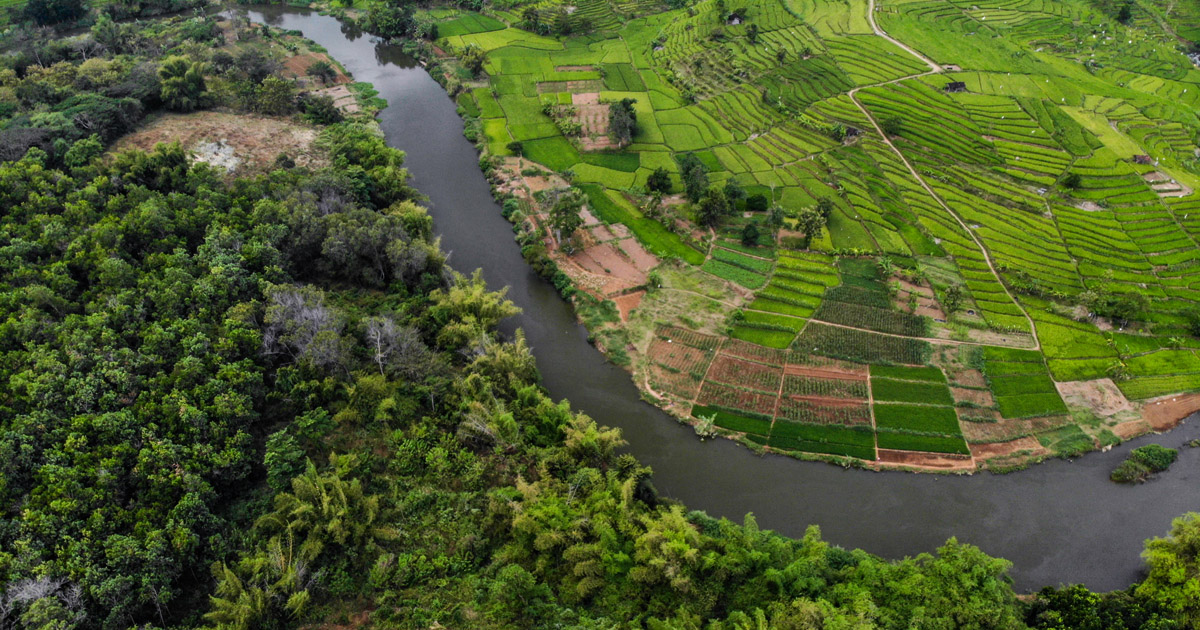Old world porcupines (family Hystricidae) are extensively hunted across the tropics for subsistence. Porcupine bezoars (undigested organic and inorganic material occurring in the stomachs of some individuals) are used in purported medicines in South-east Asia (Heinrich et al., 2020, Global Ecology and Conservation, 24, e01204). The African brush-tailed porcupine Atherurus africanus, a common bushmeat species in Central Africa, has not previously been identified as a source of bezoars for the Asian market. In September 2020, we discovered signs of the trade in the south-west Republic of the Congo through interviewing local bushmeat sellers along the RN1 national road near the town of Dolisie. The sellers confirmed the occasional presence of bezoars in porcupines and showed us one, offering it for USD 36 per g. They provided information about the supposedly Chinese purchasers of their stocks, who reside in Dolisie, where we later approached a group comprising one Congolese man and two male logging company managers of Malaysian citizenship (from Sarawak). They showed us bezoars of various sizes, the largest being c. 200 g. Bezoars are purchased by the men or their Congolese representatives in multiple villages, hunting areas and logging camps, and later hidden in their airline luggage and transported to Malaysia, reselling to other traders or directly to medicine sellers. They allegedly sell for up to MYR 300 (c. USD 73) per g to traders in Malaysia, and the final price for customers can reach MYR 800 (USD 193) per g, with the white and green bezoars reportedly the most valued.
DOI:
https://doi.org/10.1017/S0030605321001204
Altmetric score:
Dimensions Citation Count:
























